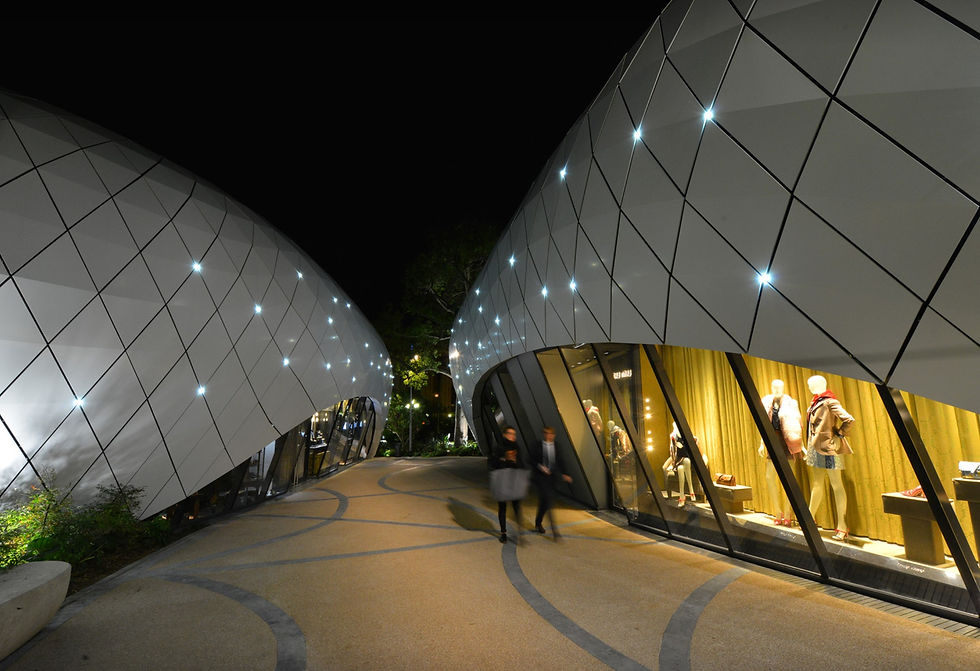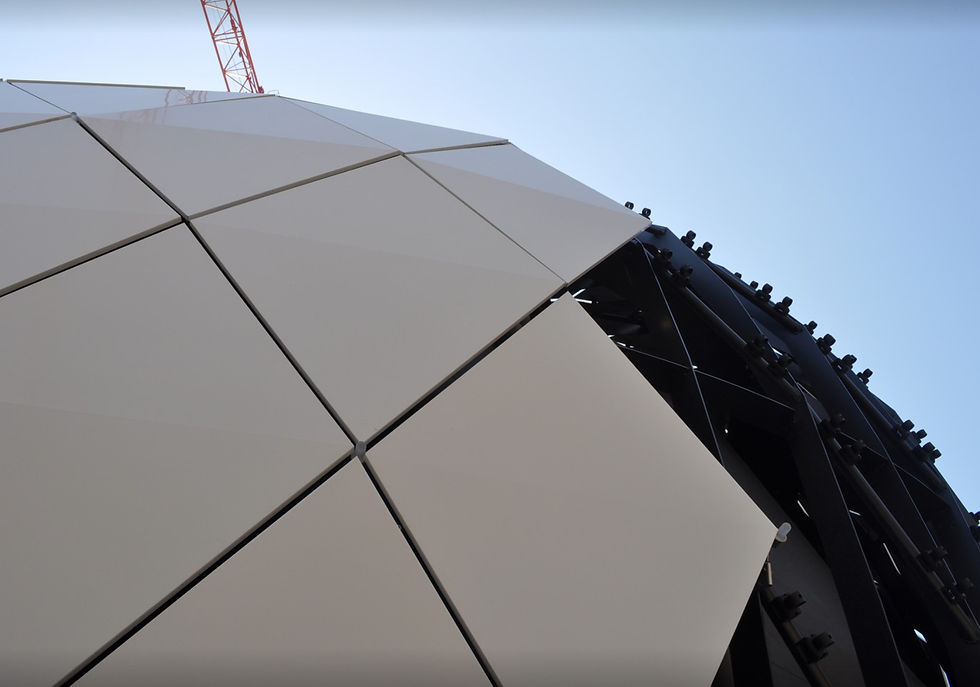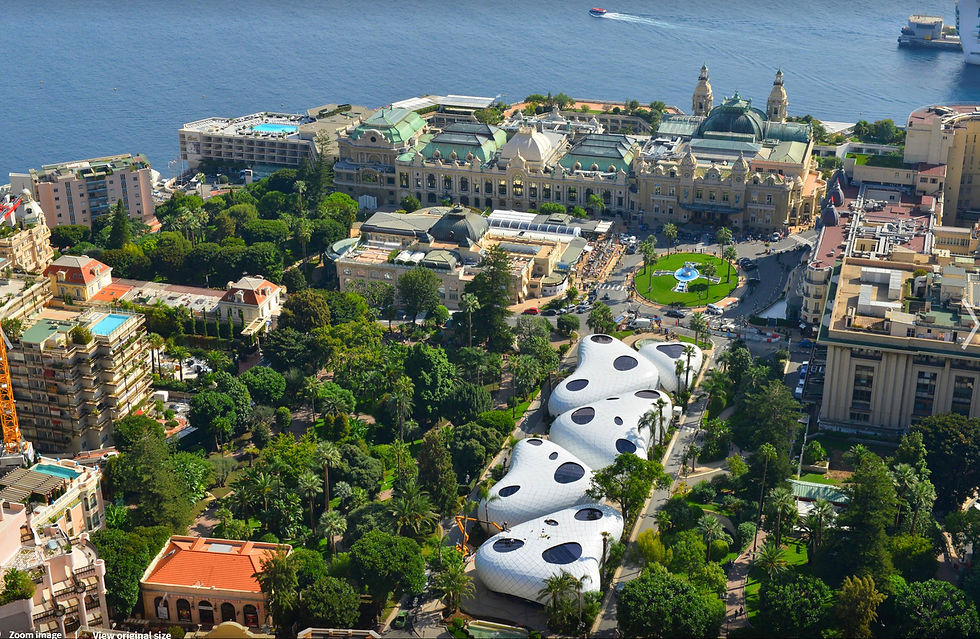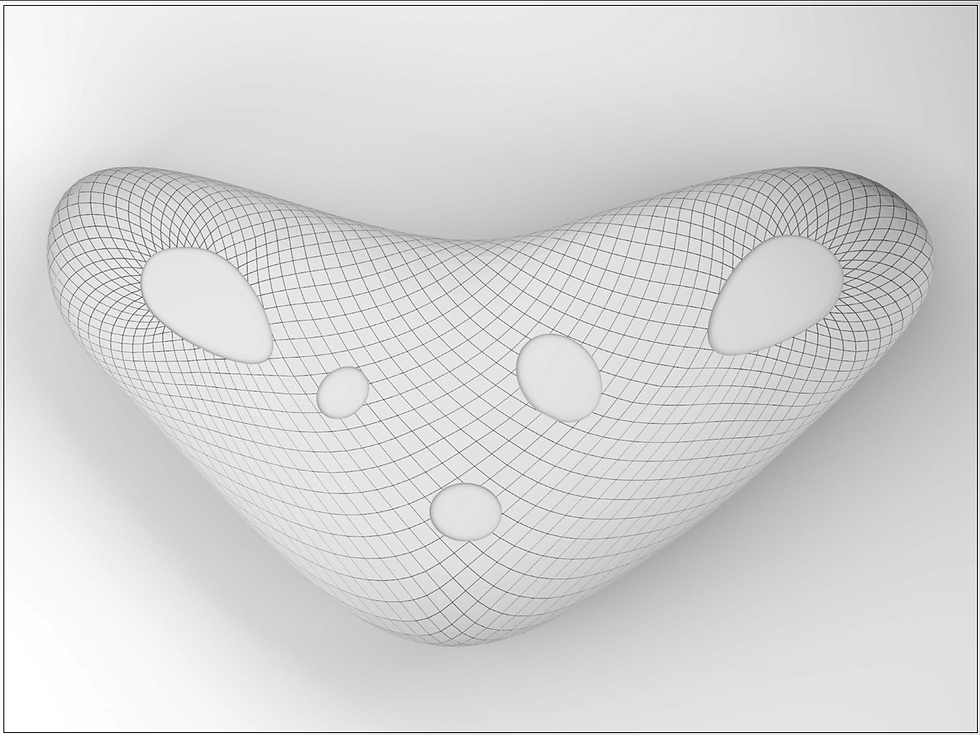top of page
The Hydra Pier Pavilion
PRECEDENT
THE MONTE -CARLO PAVILIONS
THE MONTE -CARLO PAVILIONS
Aluminium panels cover the pavilions' framework, and skylights allow Mediterranean daylight in. Placed in the Boulingrins Gardens, a structure easy to dismantle, they are emblematic of the centre of the city-state of Monaco.

AREA:2700m²
YEAR:2014
DEMOLITION:2018

Landscaping: Jean Mus
Facade Engineering: T/E/S/S
Construction: Acieroid S.A
Construction company specialised in claddings.
Construction: Richelmi Monaco
Landscape Architecture, Temporary Stores
Structure engineering: Setec






As part of the major urban development project of the Place du Casino, orchestrated by Monte-Carlo Société des Bains de Mer, the Hôtel de Paris (1864) is being restored and the art deco Sporting d’Hiver (1931) will be replaced, in 2018, with three buildings, combining shops, upscale residences, offices and spaces for recreation and culture. The realization of this project, in the heart of Monte Carlo, aims, among other things, to upgrade the site currently occupied by the Sporting d’Hiver, so that this exceptional site may retrieve its historic role in the economic, social and cultural development of the city. For this purpose, Monte-Carlo Société des Bains de Mer wished to temporarily relocate the luxury boutiques therein to within the Jardins des Boulingrins for the duration of the construction period, which began in June 2013. This project integrates a respect for the environment and ensures the sustainability of the heritage flora of the area. Thus, the architect, Richard Martinet, has designed five pavilions of ephemeral architecture, capable of accommodating twenty boutiques - an ensemble located between the avenue de la Costa and the Place du Casino.
The five pavilions of different sizes, ranging from 220 to 600 square metres each, reaching a maximum of 10 metres in height, will house, within the total surface of 2700m2, the boutiques during the 4 years of construction. The structure of these round forms, cloaked in a faceted shell of white aluminium panels, consists of demountable cells. At the time of construction of these modules, some of the existing trees in the Jardins des Boulingrins had to be moved. These subjects were transplanted and cared for in nurseries, before their definitive return to the garden.
These boutiques foreshadow the future ensemble which will renew the quarter into a place of animation and conviviality, exemplary in terms of green urbanism and sustainable development. Designed by architect Richard Martinet at the head of the agency affine design, the five Pavillons Monte-Carlo house twenty-one luxury boutiques in the centre of Monaco. At the request of the Monte-Carlo Société des Bains de Mer, master developer and owner of the Jardins des Boulingrins, Richard Martinet has designed these demountable modules on the principle of ephemeral Architecture.

_Remy_Schejbal.jpg)






At the heart of Monaco, the Jardins des Boulingrins lie alongside the gardens of Petite Afrique, where one can find rare species and high canopy trees that offer Monacans and visitors the world over verdant and sunny terraces. This botanical universe is a contemporary art space in open air where, all year round, exhibits by various institutions, including the Guggenheim Foundation, may be found. “This French garden instilled in me the desire to preserve the meandering trails, the paths and the two pools that underlie its harmony and spirit,” says Richard Martinet. “The idea of staying within the same vocabulary was indispensable for maintaining the paths, conserving the beautiful perspectives and making use of the location in order to respect this exceptional natural setting.”



" The building and construction industry accounts for approximately 60% of resource usage, and at least 35% of energy consumption and Greenhouse gas (GHG) emission . The European Commission (2011) previously estimated that the construction sector accounts for 50% of extracted materials, 30% of water usage, and 33% of waste. More recent studies have also corroborated that construction and maintenance in cities account for 40% of all materials used, 33% of energy consumed and 50% of waste emissions .. Furthermore, the construction sector contributes to economic and social growth, corresponding to more than 10% of the world's GDP and generation of 100 million jobs
worldwide."
Harmonising life cycle sustainability thinking in material substitution for buildings

bottom of page